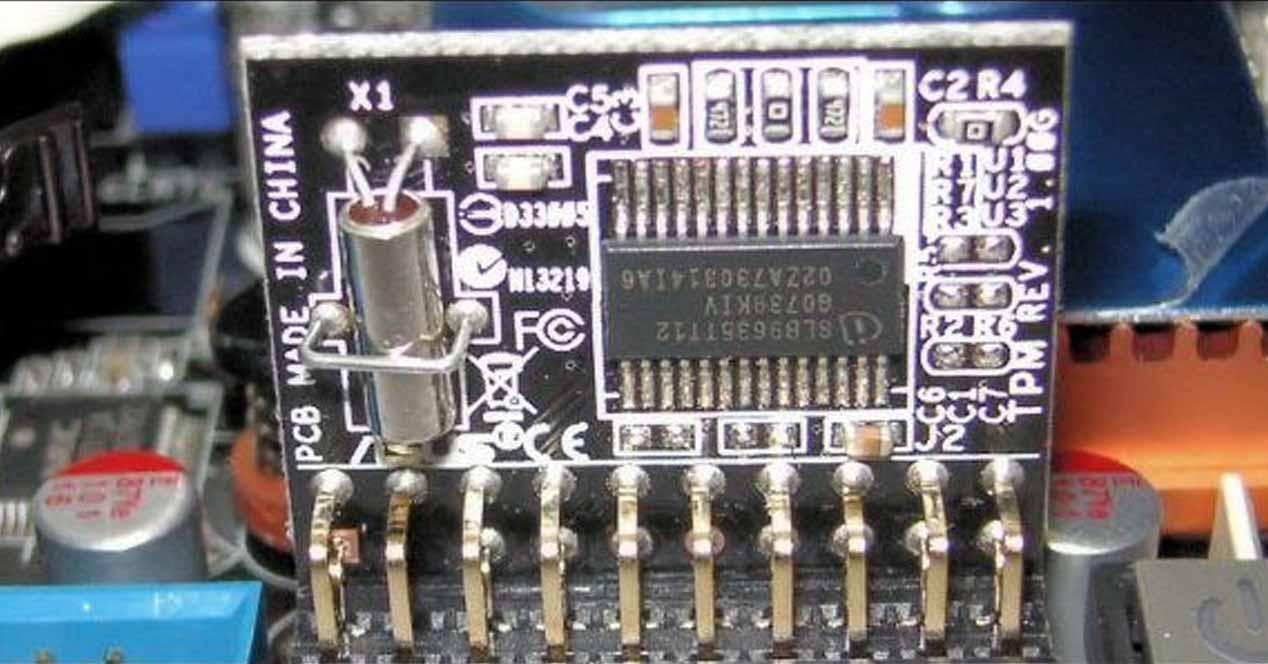One of the most common security measures used to protect our data is its encryption, which can be done using different methods but always with the same goal: even if the data “leaves” the computer from which it came, they cannot be read unless you have a private key. And this is precisely the purpose of TPM, but we will see it in depth.
What is TPM and what is its function?
TPM stands for Trusted Platform Module or Trusted Platform Module in Spanish, and is the name of a specification that details a secure cryptoprocessor able to store encryption keys with which to protect our information. As you will already assume, the TPM it’s a physical chip
The main function of this chip is to provide a physical location in which to store credentials, certificates, and encryption keys that serve both to encrypt other data and to store our passwords themselves. One of the faculties that make this chip so secure is that it can only communicate with the processor, only and exclusively, so that no other hardware component can access it without the authorization of the processor, thus say.
Using a TPM chip is, for example, like DRM (copyright protection to prevent piracy), encryption of files and folders (for example with Windows EFS encryption file system), csecure email
What do you need and how to activate it on your PC
Obviously, you need your motherboard to be TPM compatible and either have the chip already built in, or at least have the TPM connector we mentioned earlier, usually located in the lower area of the motherboard.
In case you don’t have the chip but you have the head, they can be purchased individually but we recommend that you do this from trusted brands. Here are some examples, one from ASUS and one from ASRock.
Even if you have the chip, as we mentioned before, it is passive and deactivated at the factory, so you will have to activate it manually. To do this, you need to go to your PC’s UEFI BIOS and then go to the security section (Security), although in some BIOSes you will just find it in Settings -> Advanced options. If all goes well, you can enable TPM on your computer there.
With this, you will have already enabled TPM in the BIOS and you can start using it. As of mid-2016, TPM support is provided by default in the Windows 10 operating system, and to access its configuration, simply right-click on the Start button and select Run. In the window that opens, type “tpm.msc” (without the quotes) and press accept. If properly activated, here you will be able to access the order administration and use this trusted platform in whatever you need.










